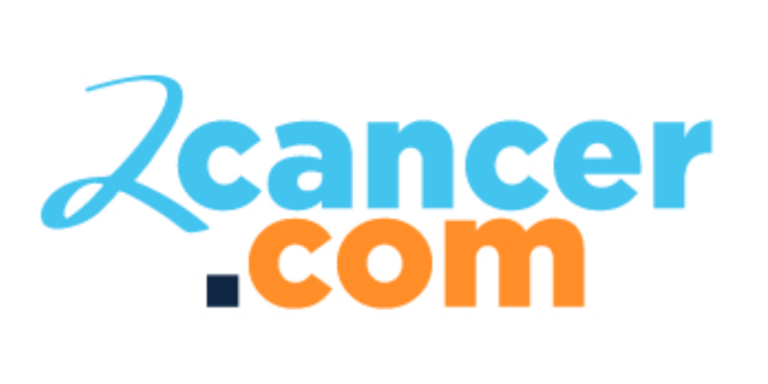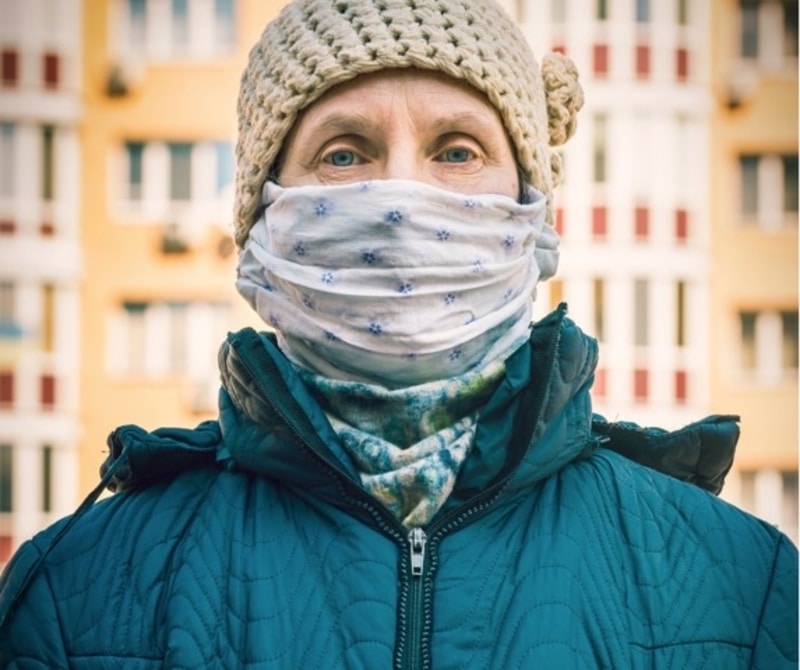How do social distancing and homemade fabric masks affect cancer patients?
Cancer patients already have a compromised immune system, so the coronavirus is cause for heightened care. This increased focus includes social distancing – minimizing close contact with others – as recommended by the Centers for Disease Control and Prevention. Others are taking it a step further and fashioning homemade fabric masks to try to protect against infection during the COVID-19 pandemic.
While social distancing is helping to “flatten the curve,” there are questions regarding the effectiveness of the homemade masks.
The National Academy of Medicine and the American Public Health Association hosted two webinars on social distancing. “We may call it social distancing, but it’s really about physical distancing,” said Nancy Messonnier of the CDC, a panelist for the webinar on March 25.
A hot topic during the discussion: How long will social distancing last? There is not an answer to that question. Howard Markel, Director of the Center for the History of Medicine at the University of Michigan, noted that social distancing is to “buy time.” The health care system is running at maximum capacity in some locations and needs time to control the pandemic.
“Social distancing impacts everyone,” said Marc Lipsitch, professor of epidemiology at the Harvard T.H. Chan School of Public Health. “If we don’t do everything we can – ramping up testing, getting more ventilators in hospitals – it will be an even bigger tragedy. We need to use this time wisely.”
In the United States, more than 100 million citizens have been asked to stay home by state or local officials as of early April. Preliminary data from Washington and California – the first states to implement safer-at-home and social distancing – has shown these tactics are making a difference in the spread of the coronavirus.
Jennifer Nuzzo, a senior scholar at the Johns Hopkins Center for Health Security, said that when social distancing measures are curbed it “will be a question of easing up, not lifting measures overnight, so we don’t find ourselves back to where we started.
“If we want to ease social distancing, we also need to have confidence that the number of new cases won’t overwhelm the health system in the U.S.,” she added.
Dilemma of hands-on assistance while social distancing
People with physical impairments or those who have trouble thinking, reasoning or remembering are among the most vulnerable. Jason Karlawish, professor of medicine at the University of Pennsylvania, touted expanded access to health insurance and unemployment benefits to help those affected by the economic shutdown.
“The more vulnerable a person is, the further up in the line they should be for testing, vaccine, and treatment,” Karlawish said.
Sharon Inouye, a professor of medicine at Harvard Medical School, added extended social distancing likely would have implications for those who need hands-on assistance, particularly in nursing homes. “That’s where we face this dilemma of how we can continue to provide care for people, prevent them from getting the disease, and maintain their well-being and quality of life,” she said.
With the economic shutdown, millions are unemployed, and as a result, have lost their health insurance. Now facing the prospect of paying for medical care out of pocket, many people will suffer “financial toxicity” – having a lot of costs for medical care not covered by health insurance. The economic burden can cause financial problems and may lead to debt and bankruptcy.
However, do not overlook a possible asset at your disposal. Selling your life insurance policy can provide the cash to cover health care costs. LifeGuide Partners’ safe and secure process is rooted in expert financial guidance from its experienced referral network of planning professionals. Best of all, there is no risk to see if selling your life insurance policy is an option to pay for health care expenses.
A consultation with LifeGuide Partners is a better risk than charging into the world with a homemade fabric mask. A National Academies of Sciences, Engineering, and Medicine committee was asked about the effectiveness of homemade fabric masks to protect others from asymptomatic or presymptomatic individuals.
The committee noted there are no studies of individuals wearing homemade fabric masks in the course of typical activities. There is limited evidence from studies testing the effectiveness of different materials at capturing different size particles. (This does not apply to medical masks or N95 respirators.)
The University of East Anglia, UK, examined 31 published studies on the efficacy of face masks. The evidence suggests some kind of face covering seems to prevent sick people from spreading the virus, but the evidence is not strong and is inconsistent.
“Our view is that there was some evidence of a degree of protection, but it wasn’t great,” said East Anglia’s Paul Hunter. “So, we still don’t effectively know if face masks in the community work.”
Fabric masks may reduce the transmission of larger respiratory droplets; there is little evidence regarding the transmission of small aerosolized particulates of the size exhaled by those with COVID-19. Your protection will depend on how the masks are made and used. The committee still stressed physical distancing and frequent hand washing, as outlined by the CDC.
Sources
National Academy of Sciences
- COVID-19 conversations webinar 1. https://cc.readytalk.com/cc/playback/Playback.do?id=am7yrh
- COVID-19 conversations webinar 2. https://www.youtube.com/watch?v=E11NxwKBp2A&feature=youtu.be
- Potential Effects of Seasonal and Temperature Changes on Spread of COVID-19 Examined in New Rapid Response to Government from Standing Committee on Emerging Infectious Diseases. https://www.nationalacademies.org/news/2020/04/potential-effects-of-seasonal-and-temperature-changes-on-spread-of-covid-19-examined-in-new-rapid-response-to-government-from-standing-committee-on-emerging-infectious-diseases?utm_source=NASEM+News+and+Publications&utm_campaign=51dd25d4cf-NAP_mail_new_2020_04_13&utm_medium=email&utm_term=0_96101de015-51dd25d4cf-106261725&goal=0_96101de015-51dd25d4cf-106261725&mc_cid=51dd25d4cf&mc_eid=87fee6ea39
- Effectiveness of Homemade Fabric Masks to Protect Others from Spread of COVID-19 Examined in New Rapid Response to Government from Standing Committee on Emerging Infectious Diseases. https://www.nationalacademies.org/news/2020/04/effectiveness-of-homemade-fabric-masks-to-protect-others-from-spread-of-covid-19-examined-in-new-rapid-response-to-government-from-standing-committee-on-emerging-infectious-diseases?utm_source=NASEM+News+and+Publications&utm_campaign=51dd25d4cf-NAP_mail_new_2020_04_13&utm_medium=email&utm_term=0_96101de015-51dd25d4cf-106261725&goal=0_96101de015-51dd25d4cf-106261725&mc_cid=51dd25d4cf&mc_eid=87fee6ea39
- Facemasks and similar barriers to prevent respiratory illness such as COVID-19: A rapid systematic review. https://www.medrxiv.org/content/10.1101/2020.04.01.20049528v1

